Latest User stories
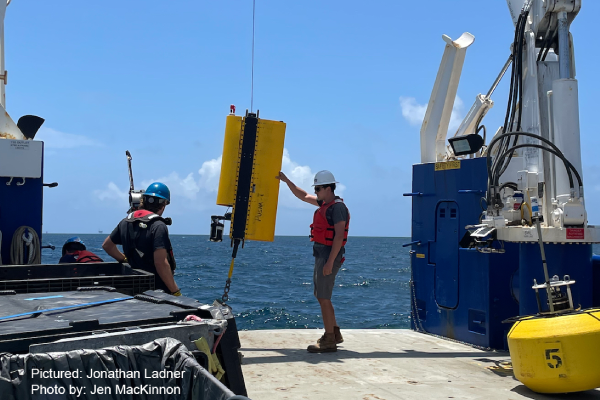
The SUNRISE Project: Using RBR instruments to unravel mixing in the Gulf of Mexico
The coastal ocean is a dynamic and productive environment, critical for the success of fisheries, tourism, and local economies. But these…
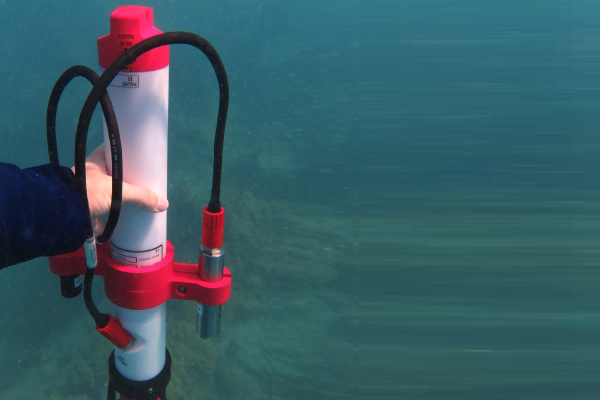
Sampling by Snorkelling: Using the RBRconcerto³ C.T.D.ODO.Tu to sample mangroves and coral reefs in the Florida Keys
Learn More (Sampling by Snorkelling: Using the RBRconcerto³ C.T.D.ODO.Tu to sample mangroves and coral reefs in the Florida Keys)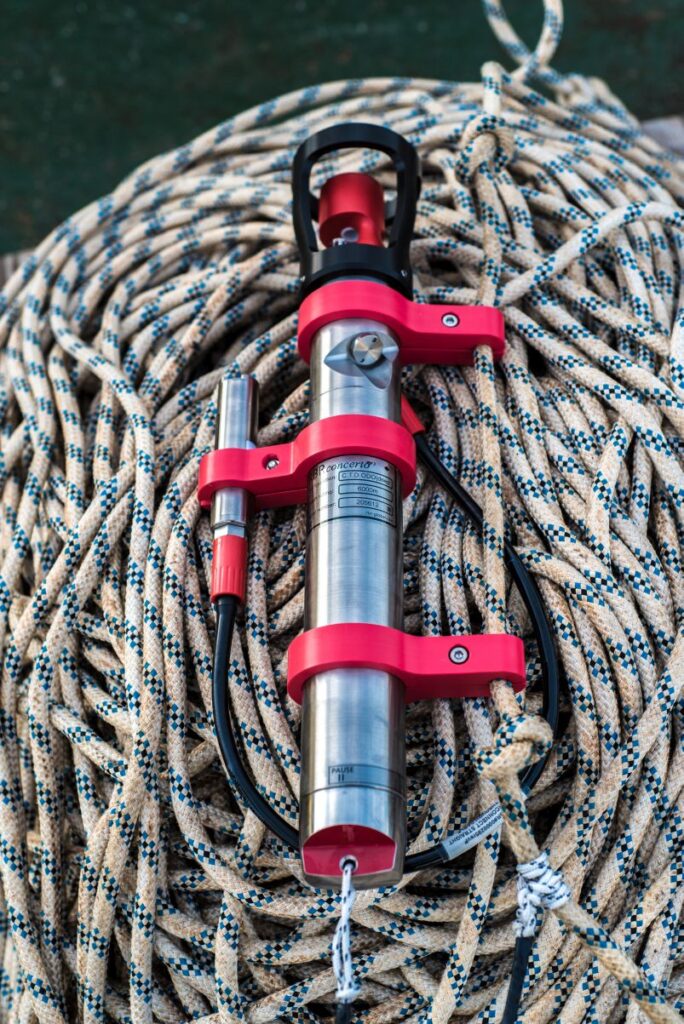
RBR loggers deployed in the Cretan Sea (Eastern Mediterranean Sea) to monitor climatic change impact on the marine environment
Learn More (RBR loggers deployed in the Cretan Sea (Eastern Mediterranean Sea) to monitor climatic change impact on the marine environment)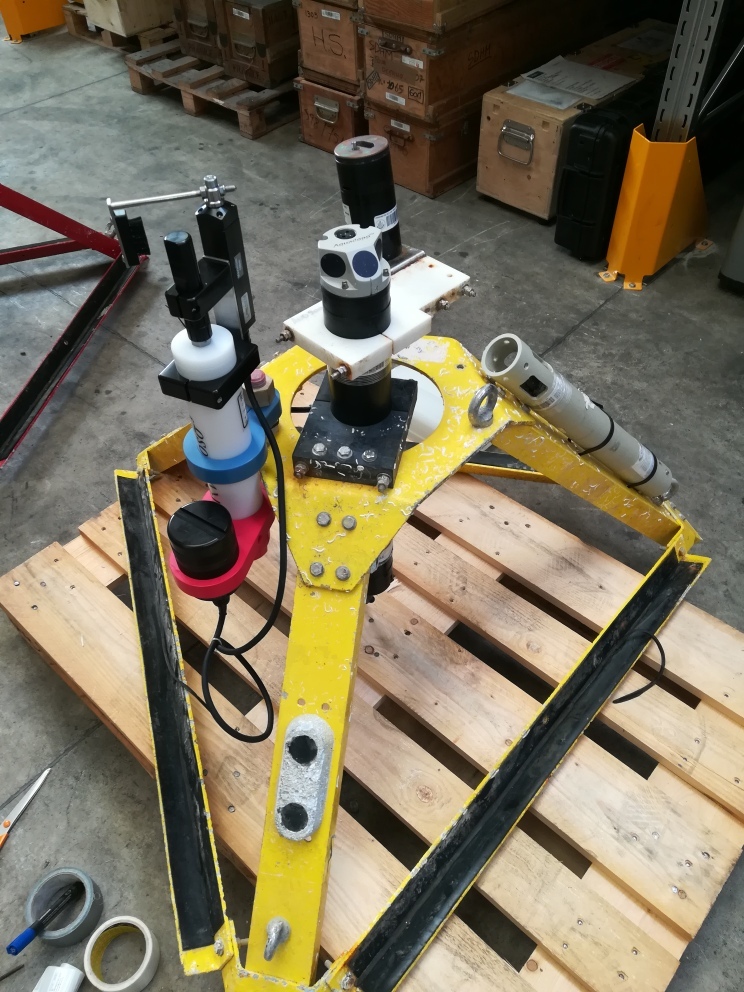
RBRvirtuoso³ turbidity loggers deployed in coastal France as part of benthic ecosystem monitoring network
Learn More (RBRvirtuoso³ turbidity loggers deployed in coastal France as part of benthic ecosystem monitoring network)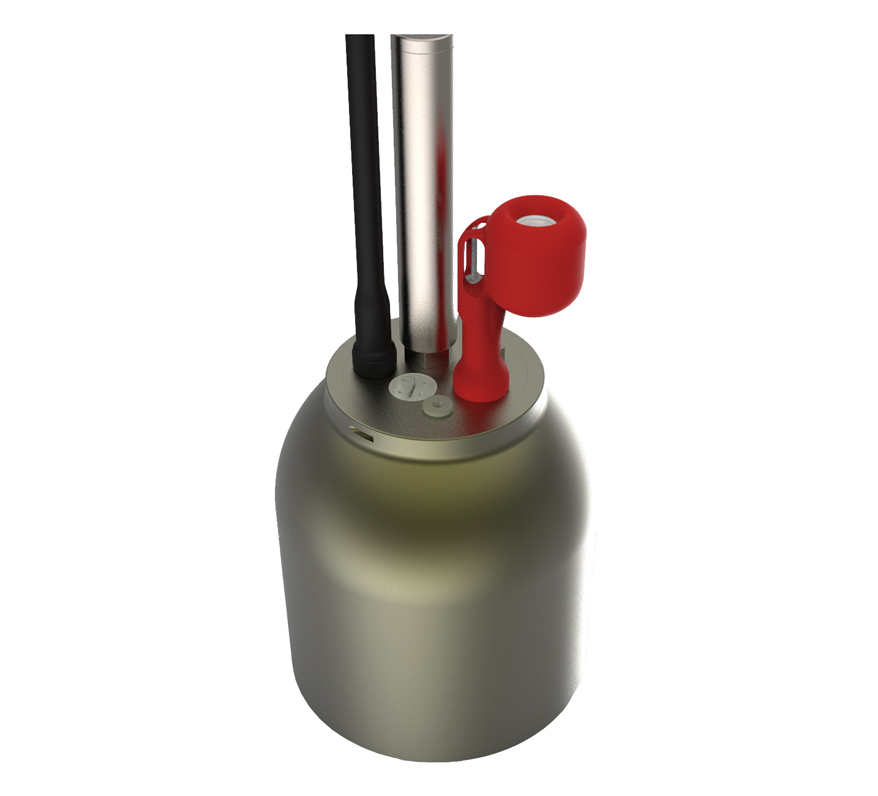
Observing ocean health: RBR, Dalhousie and DFO collaborate to develop new biogeochemical sensors
Learn More (Observing ocean health: RBR, Dalhousie and DFO collaborate to develop new biogeochemical sensors)
RBRvirtuoso³ D|tide16 tide gauges support iXblue’s 3D seafloor mapping and New Zealand’s national tide modeling
Learn More (RBRvirtuoso³ D|tide16 tide gauges support iXblue’s 3D seafloor mapping and New Zealand’s national tide modeling)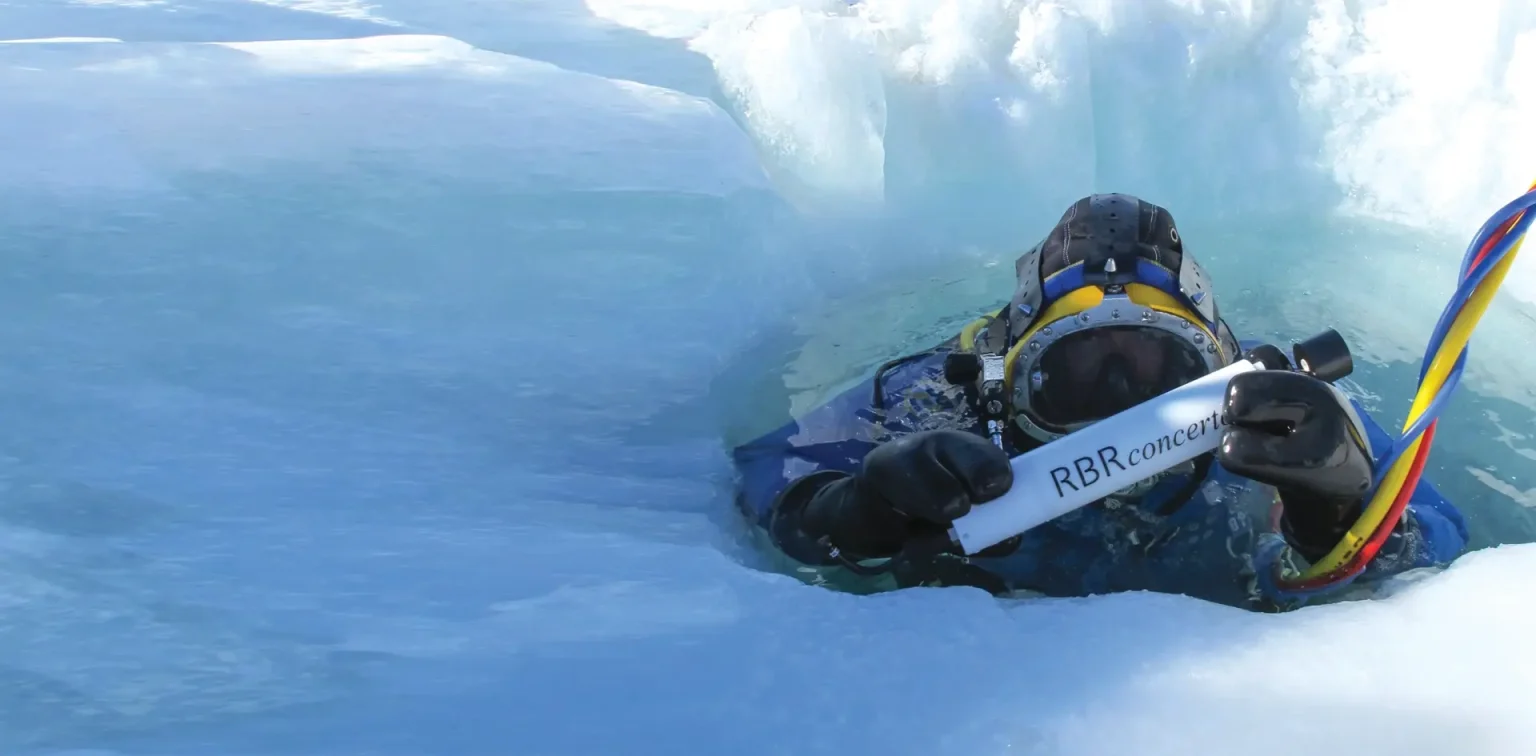
Ready to dive in? Contact us today.
We partner with passionate oceanography and water quality experts worldwide to ensure you receive excellent local customer service, sales, and support.
Get started